Ariel Sibilia
Prediction of Workplace Injuries
Jun 05, 2019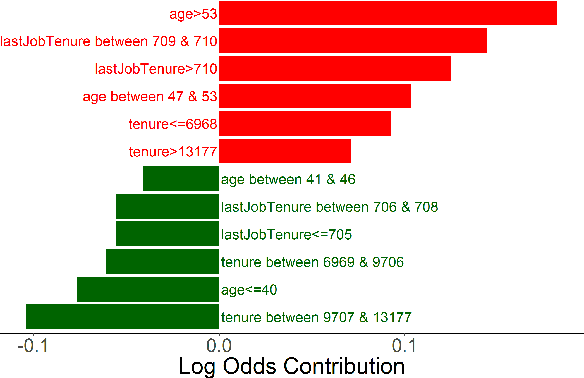
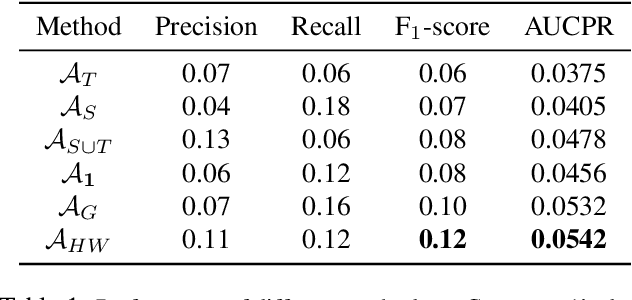
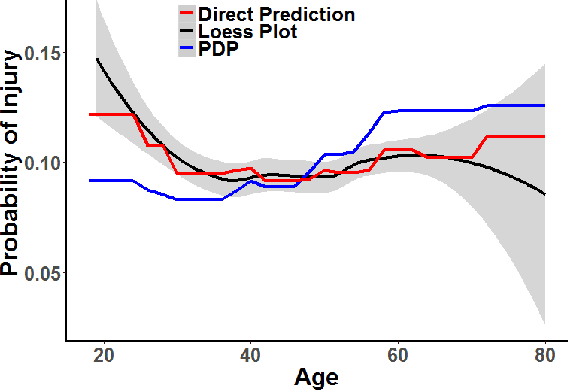
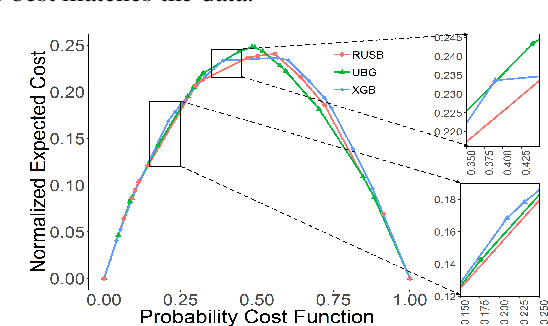
Abstract:Workplace injuries result in substantial human and financial losses. As reported by the International Labour Organization (ILO), there are more than 374 million work-related injuries reported every year. In this study, we investigate the problem of injury risk prediction and prevention in a work environment. While injuries represent a significant number across all organizations, they are rare events within a single organization. Hence, collecting a sufficiently large dataset from a single organization is extremely difficult. In addition, the collected datasets are often highly imbalanced which increases the problem difficulty. Finally, risk predictions need to provide additional context for injuries to be prevented. We propose and evaluate the following for a complete solution: 1) several ensemble-based resampling methods to address the class imbalance issues, 2) a novel transfer learning approach to transfer the knowledge across organizations, and 3) various techniques to uncover the association and causal effect of different variables on injury risk, while controlling for relevant confounding factors.
A Hybrid Instance-based Transfer Learning Method
Dec 03, 2018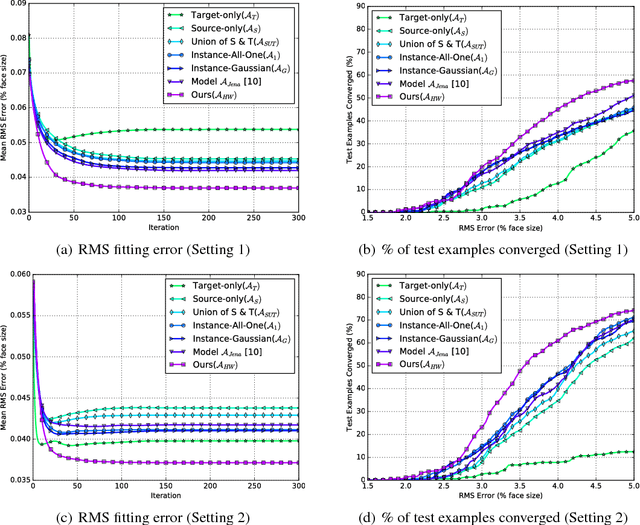
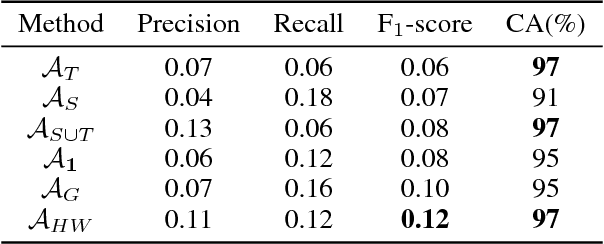
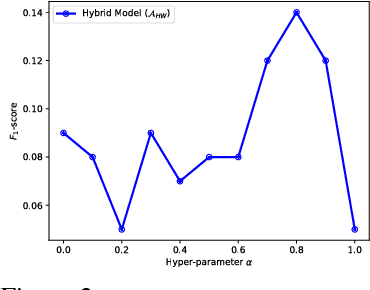
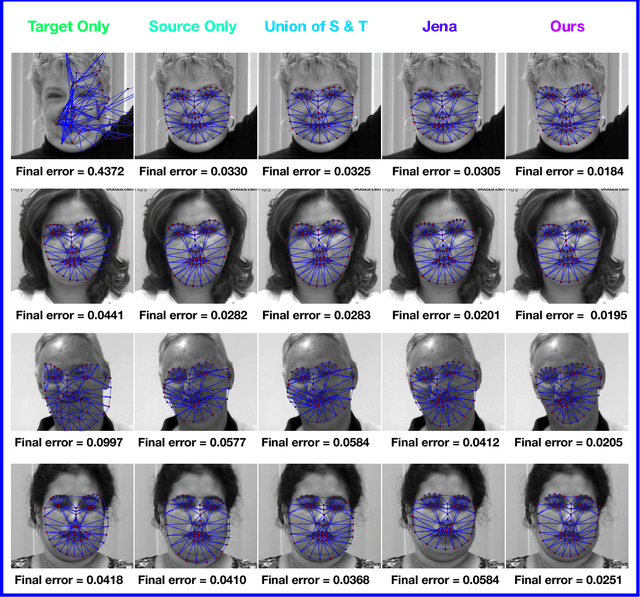
Abstract:In recent years, supervised machine learning models have demonstrated tremendous success in a variety of application domains. Despite the promising results, these successful models are data hungry and their performance relies heavily on the size of training data. However, in many healthcare applications it is difficult to collect sufficiently large training datasets. Transfer learning can help overcome this issue by transferring the knowledge from readily available datasets (source) to a new dataset (target). In this work, we propose a hybrid instance-based transfer learning method that outperforms a set of baselines including state-of-the-art instance-based transfer learning approaches. Our method uses a probabilistic weighting strategy to fuse information from the source domain to the model learned in the target domain. Our method is generic, applicable to multiple source domains, and robust with respect to negative transfer. We demonstrate the effectiveness of our approach through extensive experiments for two different applications.
 Add to Chrome
Add to Chrome Add to Firefox
Add to Firefox Add to Edge
Add to Edge